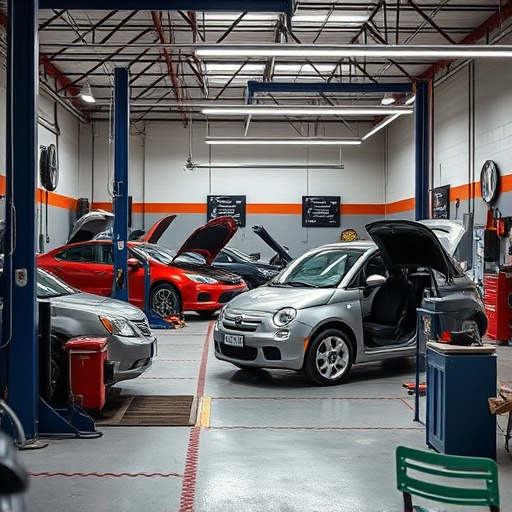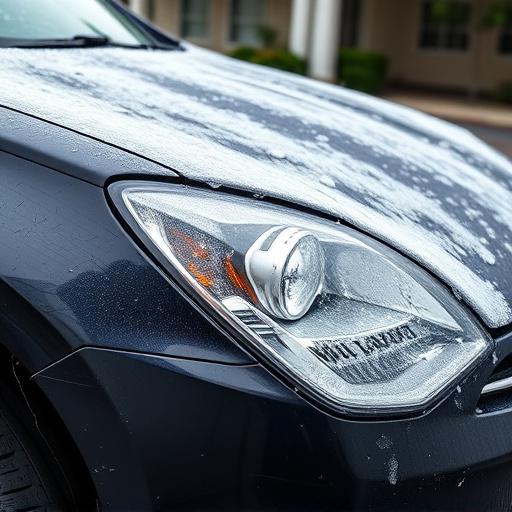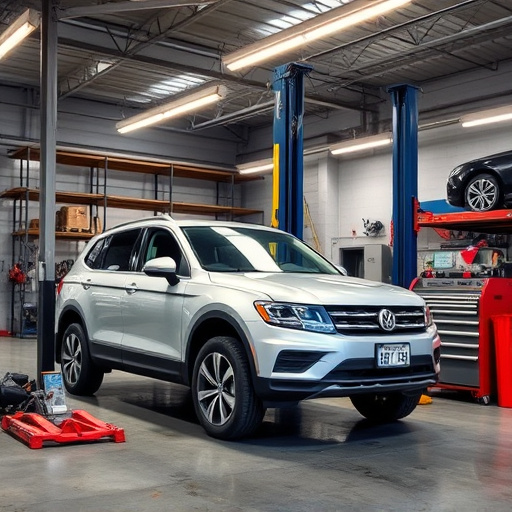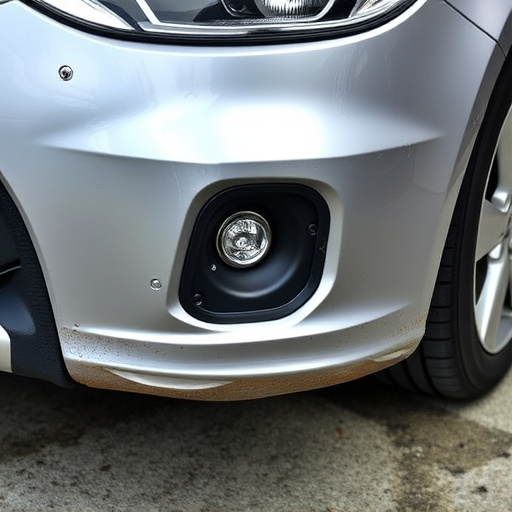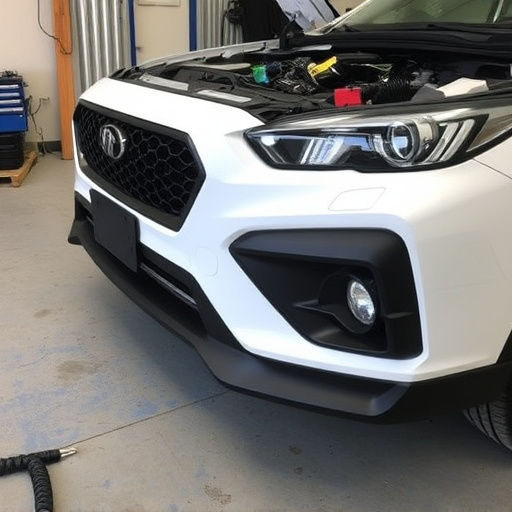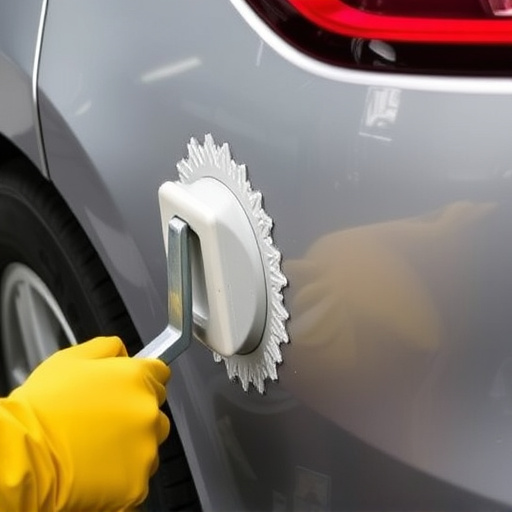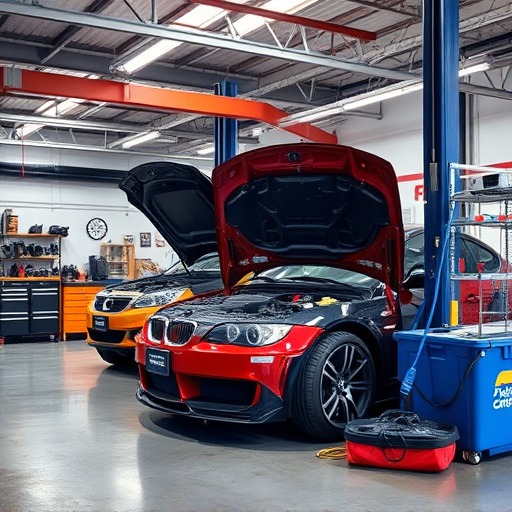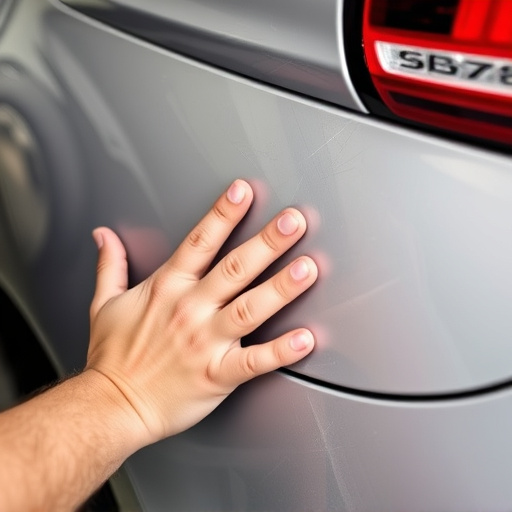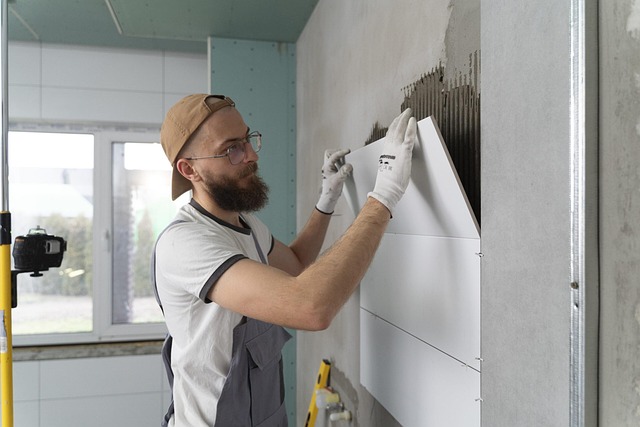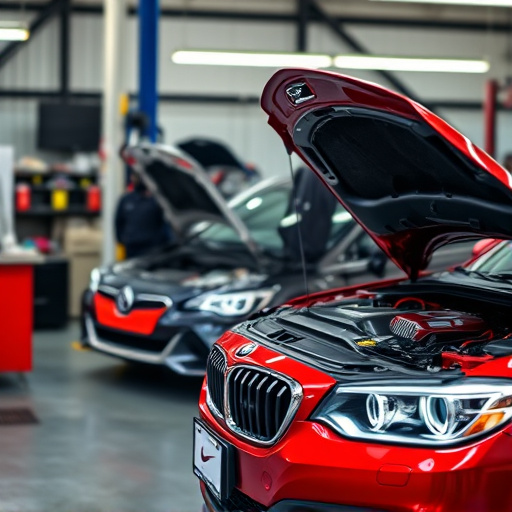Dashboard repair collision is a critical aspect of post-repair inspections for vehicular damages. Auto body specialists use advanced techniques to restore dashboards and other components, ensuring both safety and aesthetic appeal. Comprehensive inspections include visual assessments, testing drives, and checks on essential safety features, addressing dashboard repair collision issues while restoring the vehicle's overall integrity.
In the automotive industry, effective post-repair inspections are vital for ensuring customer satisfaction and vehicle safety. This article explores the critical role of dashboard repair collision in these checks, emphasizing its significance in identifying potential issues early. We provide a comprehensive guide to post-repair inspection procedures, from initial assessments to detailed verification techniques for dashboard replacements. By understanding dashboard repair collision, mechanics can deliver high-quality repairs and restore customer trust.
- Understanding Dashboard Repair Collision Significance
- Post-Repair Inspection Procedures: A Comprehensive Guide
- Ensuring Quality: Verification Techniques After Dashboard Replacement
Understanding Dashboard Repair Collision Significance
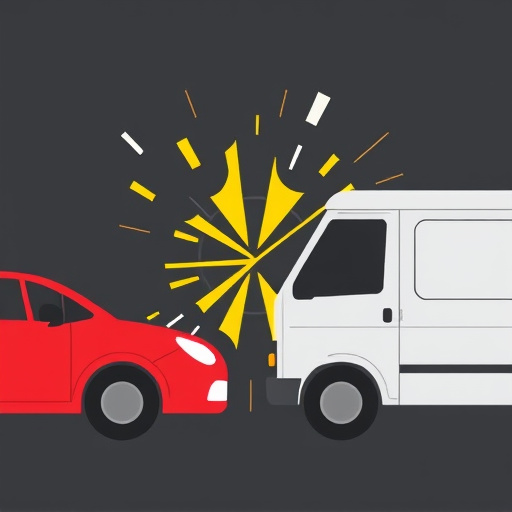
In the realm of post-repair inspections, especially for vehicle damages, understanding dashboard repair collision holds significant weight. A dashboard, serving as the control center of a car’s interior, can sustain substantial damage during collisions, ranging from minor dents to severe structural failures. Recognizing its importance, auto body repair experts employ meticulous techniques for dashboard repair collision, ensuring not just cosmetic but also structural integrity.
Effective dashboard repair collision involves a blend of skill and technology, including precise dent removal and careful consideration in auto glass replacement. The goal is to restore the car’s original condition, enhancing safety and improving the overall aesthetic appeal. Moreover, a thorough understanding of car restoration practices ensures that every component, from the dashboard to other critical parts, is restored to its optimal state, ensuring smooth and secure operation for the vehicle moving forward.
Post-Repair Inspection Procedures: A Comprehensive Guide
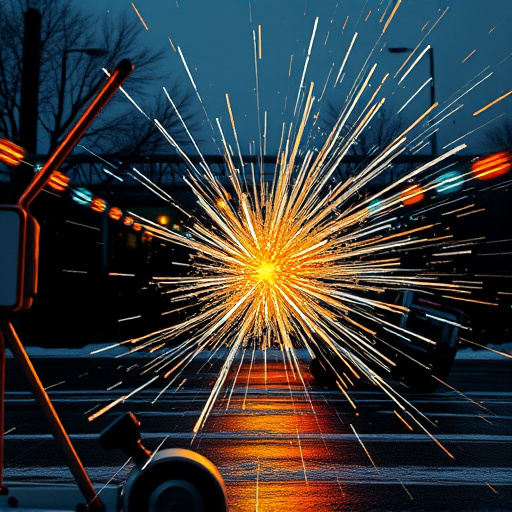
Post-repair inspections are a vital step in ensuring that vehicles, after undergoing dashboard repair collision services or any other auto collision repairs, are safe to be back on the road. These inspections should adhere to a comprehensive guide that includes several key procedures. First, a thorough visual inspection is conducted to identify any visible damage or defects not addressed during the initial repair process. This involves checking the condition of auto glass repair, ensuring all parts are securely fastened, and verifying the proper alignment of components.
Additionally, a test drive is essential to assess the vehicle’s performance and handling dynamics, especially after car restoration work. During this phase, mechanics will evaluate the operation of lighting systems, wipers, indicators, and other safety features critical in an auto collision center’s post-repair assessment. Any discrepancies discovered during these procedures should prompt further investigation to guarantee that the vehicle meets the highest standards of safety and quality before being released back to its owner.
Ensuring Quality: Verification Techniques After Dashboard Replacement
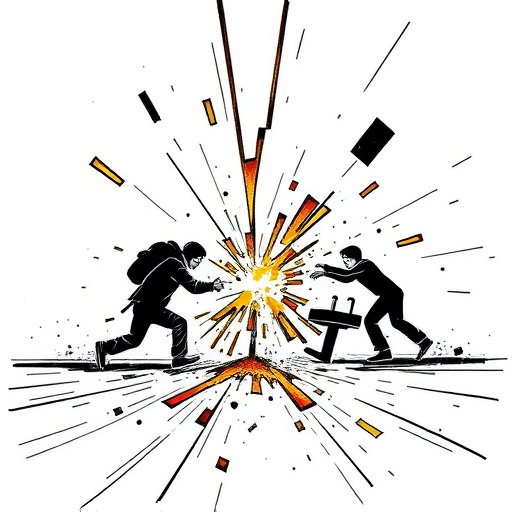
After a dashboard replacement, ensuring the quality of the repair is paramount to guarantee customer satisfaction and safety. Post-repair inspections play a crucial role in verifying that all components have been correctly installed and function seamlessly. Skilled technicians employ various verification techniques to assess the work, including visual inspections, diagnostic tests, and dynamic simulations. These methods help identify any discrepancies or potential issues that may have arisen during the dashboard repair collision process.
One common technique involves checking for proper alignment and fit of the new dashboard, ensuring it aligns with the vehicle’s design specifications. Additionally, testing the functionality of various components like sensors, displays, and controls is essential. These verification steps are vital to repairing not just car damage repair or hail damage repair, but also to restore the overall integrity of the vehicle’s interior, addressing any vehicle dent repair concerns that may have been caused during the collision.
Dashboard repair collision plays a pivotal role in post-repair inspections, ensuring that replacement dashboards not only fit perfectly but also maintain optimal structural integrity. By adhering to meticulous inspection procedures and employing advanced verification techniques, automotive professionals can guarantee customer satisfaction and vehicle safety. Incorporating these best practices into the post-repair process is essential for upholding quality standards and fostering trust among clients.
